Who is responsible for the building services sector as it stands today? Who has shaped the profession and the way we work? BSj polled 50 senior engineers for their nominations for the 30 people who have most influenced the industry in the past three decades
Max Fordham
Having started his career as a heating engineer, Fordham soon decided that designers had more fun than contractors and took the opportunity to join Arup Associates. Forty years ago he founded the company that bears his name, building it into one of the most respected consultancies in the business. The team has been responsible for many exciting, sustainable building projects, such as the award-winning City of London Academy. Overseas schemes include a gateway station in Naples for a new high-speed rail link and the 300m Tour Generali building in Paris. Fordham was named one of the 10 people to have most influenced the green building movement in the UK by BSj’s sister magazine, Building.
Mike Davies
The sartorially striking Davies is impossible to ignore professionally, too. He has played a critical part in the success of Rogers Stirk Harbour + Partners since its inception as RRP, taking on high-profile projects such as the Millennium Dome, the Pompidou Centre and Lloyd’s of London. More recently he was project director on Terminal 5 at Heathrow. His influence in the building services sector is most keenly felt with his invention of the intelligent building skin. He was appointed CBE for services to architecture in 2000.
Norman Foster
The architect is known for his close collaboration with the engineering community, which has produced show-stopping buildings around the world, such as the Reichstag in Berlin, Chek Lap Kok airport in Hong Kong and 30 St Mary Axe (aka the Gherkin) in London, winner of the 2004 Stirling Prize. He founded the business that was to become Foster+Partners in 1967. Current projects include Masdar, the eco-city in Abu Dhabi, which the practice is masterplanning. It will be home to 50,000 people and will be powered largely by solar energy. Foster is also dipping his toes into superyacht design with a luxurious 41m vessel built in Italy.
Rab Bennetts
The co-founder of Bennetts Associates was appointed OBE for services to architecture in 2003. He is nominated for his commitment to research and education coupled with work on projects such as the BT Building in Edinburgh. The practice was one of the founder members of the UK Green Building Council and designed its own offices in London according to sustainable principles.
Andrew Eastwell
As chief executive of the Building Services Research and Information Association (BSRIA), Eastwell is cited as having the lead role in preserving its future as an essential part of the building services sector. Despite lack of government funding, Eastwell’s stewardship has ensured a strong financial position for the consultancy, test and research organisation.
Peter Rice
Rice’s legacy is that “he gave all engineers hope that if their ideas are good enough they can influence architecture”, says Guy Battle. Before his untimely death in 1992, Rice worked on buildings including Sydney Opera House, the Pompidou Centre and Lloyd’s of London. The Peter Rice Prize was created by Harvard in 1994 to honour students who echo his innovation.
Ant Wilson
CIBSE awarded its silver medal to Wilson in recognition of his 30-year contribution to engineering. He leads Faber Maunsell’s applied research group and his interests include the environmental performance of facades, renewable energy technology and dynamic thermal simulation. Many students have benefited from his lectures, including those at Cambridge and Loughborough.
Sir John Egan
The influential industrialist was picked by the then deputy prime minister John Prescott to conduct a review of the skills and training required by built environment professionals to produce sustainable communities. The Egan Review, published in 2004, highlighted the need to change the “behaviour, attitude and knowledge of everyone involved”. Formerly with Jaguar and the British Airports Authority, Egan has been chairman of Severn Trent Water since 2005.
Ove Arup
The influence of Arup is still strong two decades after his death. He founded his eponymous consultancy in 1946 with the dream of “achieving the perfect union of design and construction” and today it has 9000 staff in 92 offices across the globe.
Ted Happold
Professor Sir Edmund (Ted) Happold was an innovator who combined creativity with discipline. Twelve years after his death, he remains an inspiration at the consultancy he founded, Buro Happold, and throughout the building services sector.
David Gottfried
The HVAC engineer turned property developer turned “green guru” founded the US Green Building Council in 1993 and later the World Green Building Council. He has made a substantial impact across the world, including China.
Pooran Desai
Worked with Bill Dunster on the BedZED eco-village and has also advised government and industry. Appointed OBE for services to sustainable development in 2004, his projects have included reviving London’s lavender-growing trade.
Sir Michael Latham
The Latham Report on construction in 1994 described the industry as “ineffective, adversarial and incapable of delivering for its customers”. Not surprisingly, it prompted widespread reform. Today he chairs ConstructionSkills, the sector skills council.
Patrick Bellew
Bellew’s talent lies in combining technological innovation with notable architecture. This has produced award-winning public projects such as Doncaster’s Earth Centre and the Baltic arts centre in Gateshead as well as overseas schemes such as Federation Square, Melbourne. Bellew is a founding director of Atelier Ten and a founder member of the UK Green Building Council. His academic CV includes teaching at Yale’s school of architecture.
Graham Manly
Manly, a director at Gratte Brothers Group, is another whose efforts in the industry have been recognised with the post of CIBSE president. He has contributed significantly to research and education over his 40-year career. In his presidential address in 2004, he spoke of his concern about a decline in workplace competence and the effect of commercial and contractual pressures. Manly is president-elect of the Heating and Ventilating Contractors’ Association.
Terry Wyatt
Described as 10 years ahead of his time and an excellent, if modest, ambassador for the industry, Wyatt has inspired with his strategic vision. In 2003 he was president of CIBSE, combining the role with his post of partner at Hoare Lea. He had a project aired on television’s Tomorrow’s World (see page 65), and was among the first to cement climate change into the industry psyche, having put together one of the earliest major conferences on the subject at the CIBSE/ASHRAE annual gathering in Edinburgh in his presidential year. He has lectured at universities around the world.
Ole Fanger
The Danish professor’s groundbreaking research into indoor air quality set the benchmark for the HVAC industry today. Fanger, who died in 2006, identified the prime importance of the indoor environment for human comfort, health and productivity. He and his team at the International Centre for Indoor Environment and Energy established models predicting thermal comfort, draught risk, radiant asymmetry, indoor air quality and ventilation requirements.
Bill Dunster
The architect is nominated chiefly for his role with Hopkins & Partners on Nottingham University’s jubilee campus, which won the 2001 Stirling Prize Sustainability Award. A regular speaker at global seminars and conferences, Dunster is a specialist in low-energy and sustainable development. He now runs his own architectural practice specialising in ZED buildings – zero (fossil) energy development – with offices in a carbon-neutral live-work community in Surrey.
Adrian Hewitt
Hewitt is best known for bringing the Merton rule into the UK planning process. In his role as principal environment officer for the London Borough of Merton, he was one of the pioneers of the rule that requires the use of renewable energy onsite to reduce annual carbon dioxide emissions in the built environment. He has since moved into the private sector with Metropolis Green, an urban planning and design consultancy.
Chris Cole
The WSP Group chief executive is of that rare breed, as much respected by competitors as by his colleagues. Cole joined the company at its creation in 1972 and took a seat on the board when it floated in 1987. His drive helped to maintain the growth curve at WSP during the challenging period of the early 1990s, and it now works in more than 60 countries. He is also admired for continuing to view building services as a critical component of the WSP property business, and is the author of our feature, “Evolution of the Engineer”.
Derek Clements-Croome
Clements-Croome been an inspiration to many of the industry’s leading figures, such as Guy Battle, Patrick Bellew and Klaus Bode. He is professor of construction engineering at the University of Reading and founder of the MSc programme in intelligent buildings. He has acted as a consultant across the world, and his written works include Creating the Productive Workplace, and more than 200 research papers.
Guy Battle
With his creative and responsible approach, the Battle McCarthy co-founder has raised the bar on how an engineer should influence a design. His CV boasts a number of milestone projects, working in tandem with illustrious architectural practices including Foster+Partners and Kohn Pedersen Fox. A specialist in low-energy sustainable buildings, he is known for taking a close interest in all of the firm’s projects. Battle is also founder and chairman of dcarbon8, the carbon and sustainability consultancy.
Neville Billington
“The all-time industry icon.” These are the words used by one industry insider to describe Billington, who was president of CIBSE in 1970, and is an influential and informative engineering historian. He is an expert on topics including air quality and energy efficient ventilation systems. He was president of REHVA, the Federation of European HVAC Associations, from 1976 to 1978.
Peter Warburton
The Arup man was lead MEP designer on the Gateway 2 project for Wiggins Teape in Basingstoke. The seminal building, completed in 1983, provided a naturally ventilated workspace for 500 office staff thanks to a central, top-lit atrium which acted as a natural chimney. Warburton has worked to spread best practice, speaking at initiatives such as a British Stan-dards Institution conference in China and the Institute of Physics energy management group.
Ken Yeang
The Malaysian-born architect is renowned for his work with high-rise buildings that are constructed and developed with special consideration for the ecological impact they will have. Yeang was the co-founder of the TR Hamzah & Yeang practice based in Malaysia, and is a director of London-based architect and planner Llewelyn Davies Yeang, which has projects in Kazakhstan, Uzbekistan and Canada on its books as well as Great Ormond Street hospital in London. His latest book is EcoSkyscrapers.
Robert Higgs
Higgs, chief executive of the Heating and Ventilating Contractors’ Association since 1989, has been instrumental in shaping UK policy on sustainability and climate change. He also helped to establish the International Alliance of Mechanical Contractors’ Associations. Higgs was appointed OBE two years ago for services to the environment.
Steve Irving
Irving’s work on Part L of the Building Regulations and the European Energy Performance of Buildings Directive has made him highly influential in shaping the building services sector. Irving, part of the Faber Maunsell team, was awarded the CIBSE silver medal in 2003.
Brian Moss
Moss was prominent in setting up and running CIBSE’s publications, research output and development committee, which ensures that the institution’s guides are kept up to date. He is praised for “making CIBSE publications significant, both globally and to the UK government”. A former president and treasurer of CIBSE, he received its highest honour, the gold medal, at the annual meeting this year. Moss raises additional finance for the institution by running CIBSE Services, a company that takes advantage of opportunities relating to energy certification, and leads the Weather Task Force, researching future data for buildings.
Michael Meacher
As the environment minister at the turn of the century, Meacher threw down a series of challenges to CIBSE, now considered an “immense watershed” for the recognition of building services engineering. CIBSE responded with a proposal which included a commitment to participate in the development of any sector sustainability action plan for building services, contribute to the evolution and application of new technologies, and also ensure that a commitment to reduce carbon emissions would be embedded in all future CIBSE publications. Meacher has been Labour MP for Oldham West and Royton since 1970.
Sir John Houghton
Houghton was praised for “expertly and unequivocally setting out the then known facts about climate change” when he gave the first centenary lecture to CIBSE. He was head of the Intergovernmental Panel on Climate Change at the time, and the lecture spurred the building services industry to identify its role and responsibilities in helping to combat climate change. He formerly headed the Meteorological Office and founded the Hadley Centre for Climate Prediction and Research. His awards include the Royal Astronomical Society gold medal.
Source
Building Sustainable Design
Postscript
Missing persons: Do you agree with our list of industry champions? Have we missed somebody whom you consider to be more influential? Women are conspicuous by their absence. Send your suggestions to bsjeditorial@cmpi.biz






















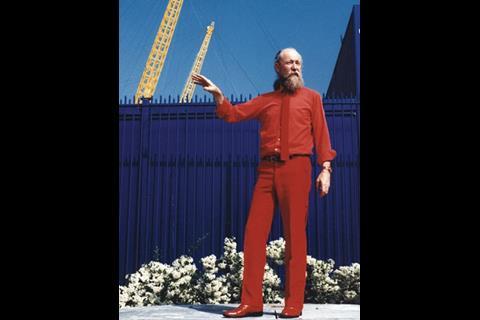
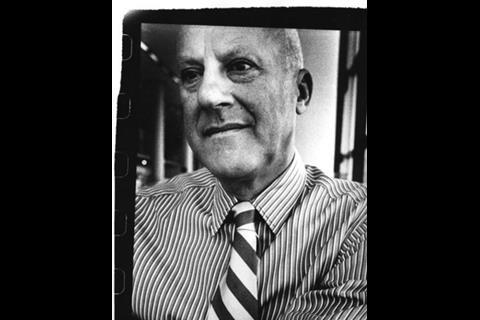
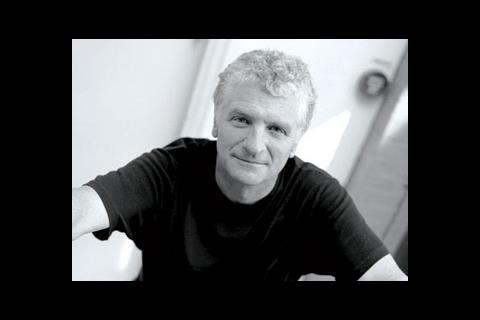
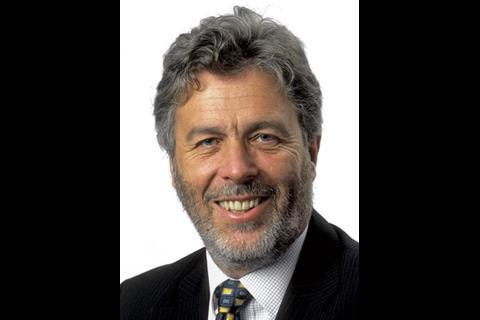
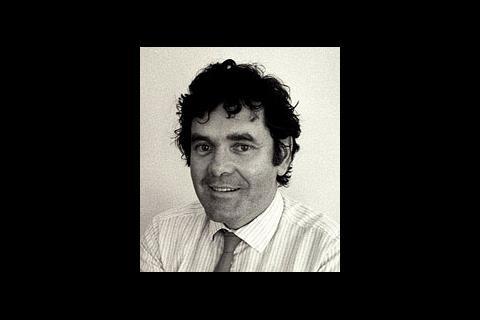
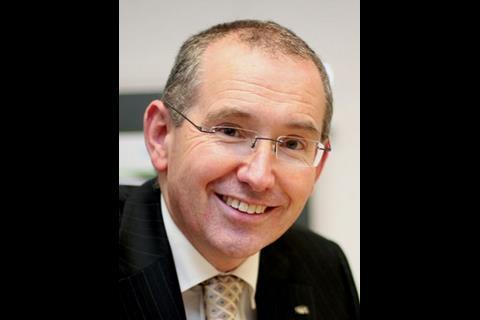
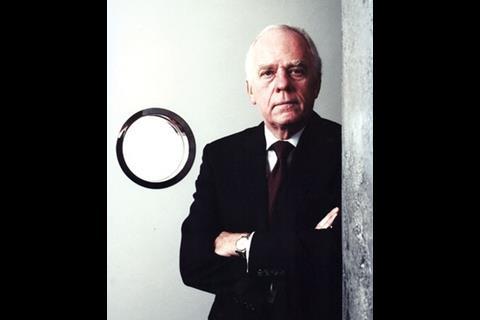
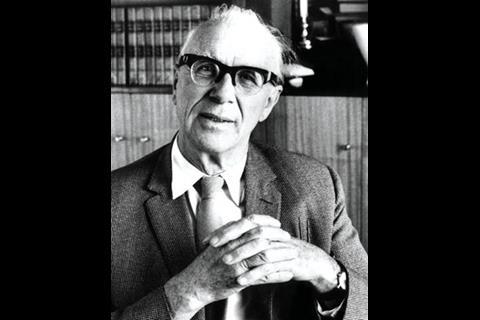
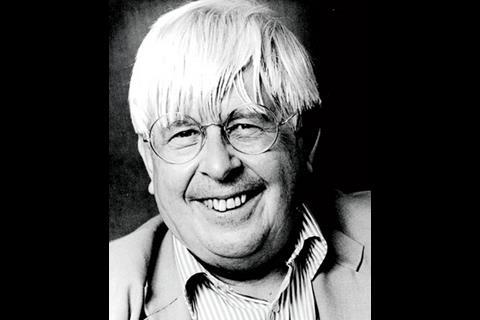
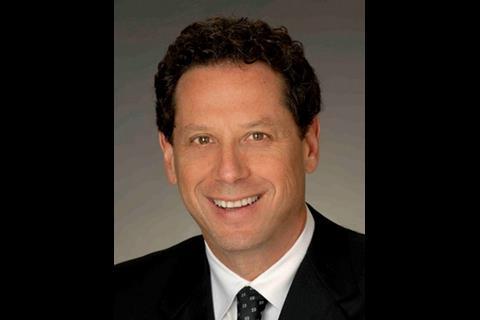
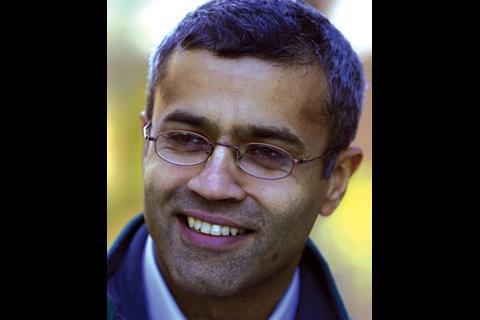
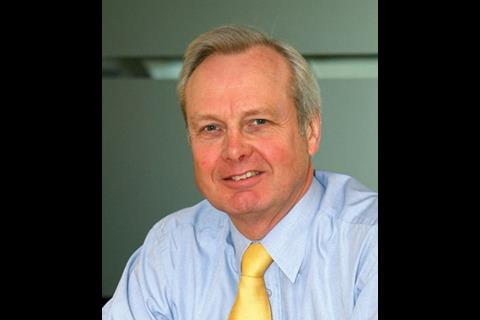
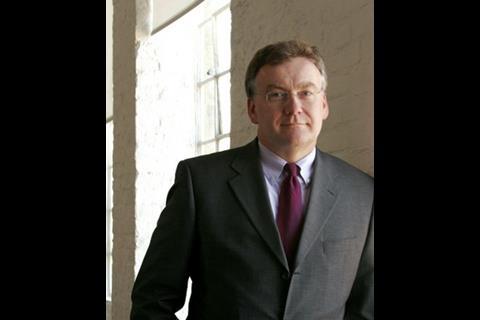
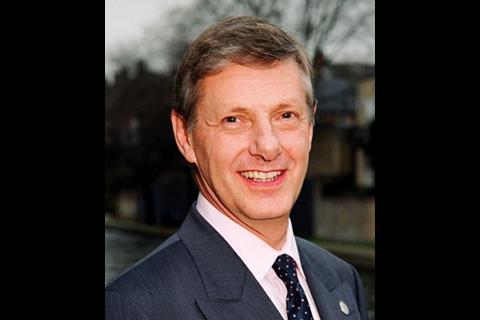

No comments yet